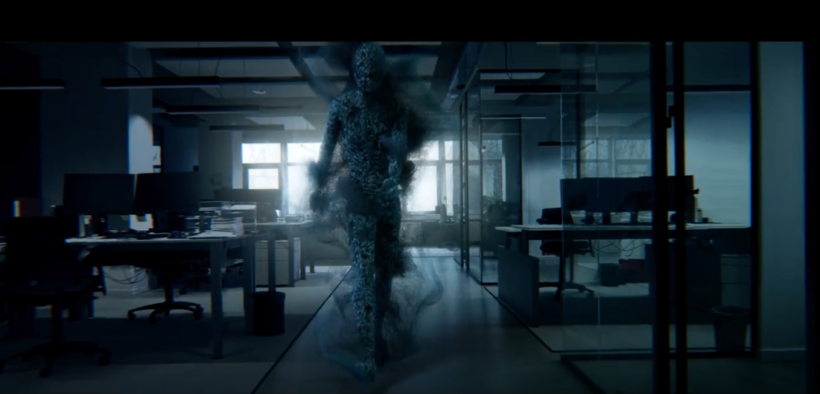Share

Worksafe has combined education and emotion to address work-related gendered violence in its latest TVC campaign.
‘It comes in many forms’ was made with TBWA Melbourne, an agency known for its disruptive advertising.
In this campaign, TBWA had the task of not only pressing the gravity of work-related gendered violence, but explaining what the term actually means.
“Increasingly, we’ve got an understanding that not all employers and not all workers understand the concept of gendered violence, and the fact that it is an OHS issue,” says Sam Jenkin, Worksafe’s executive director of external affairs.
According to Worksafe, work-related gendered violence means:
“Any behaviour, directed at any person, or that affects a person, because of their sex, gender or sexual orientation, or because they do not adhere to socially prescribed gender roles, that creates a risk to health and safety.”
The two 30-second ads spell this definition out audibly and visually.
The two TVCs
One is set in an empty office, the other in a dark warehouse. Both feature an ominous spectre that shapeshifts from staring eyes to grabbing hands.
“It can stalk, threaten and stare,” says the deep voiceover.
“It can hurl abuse at you or quietly comment on your sexuality. This can brush up against you deliberately or grab you with force. It can follow you anywhere. It targets workers based on their gender or identity.”
As the cloud turns into a hand holding a phone, the ad suggests that gendered abuse is still a workplace issue even when it moves onto a device.
The threatening gestures and buzzing voices making inappropriate comments appear at different points masculine and feminine. The human features in the cloud skew slightly more masculine, perhaps reflecting the reality that men are more likely to commit gendered violence. Nevertheless, the ad drives home that people of all genders can be victims or perpetrators, widening public perception.
But the depersonalised cloud is less about pinpointing the perpetrator, and more about outlining the issue.
The aim of the ads
Jenkin says the campaign aims to help audiences do three things: know the term gendered violence, prevent it and respond to it.
While the ad doesn’t delve much into the solution, it makes one thing clear: it’s the employer’s responsibility to solve this. Gendered work-related violence is not a wicked problem, nor something employers can plead ignorance of. It’s a spectrum of behaviours they must take seriously.
At the end of the ad, the voiceover concludes: “But it can be stopped. Gendered violence comes in many forms. All are OHS issues. All are unacceptable.”
The lights turn on and the cloud dissolves.
Worksafe’s history of emotive social marketing
The power of this ad is in its simplicity and emotional appeal. These are tactics prevalent across Worksafe campaigns.
Who can forget the early noughties ad with the Dido song and the child waiting for his dad to come home? Or the cautionary tale of the sales assistant cutting off her finger in the bread slicer.
Worksafe ads have frightened viewers with horrifying work injuries. The ads have made viewers cry about loved ones who didn’t come home. These campaigns provoked guilt about the mistreatment of frontline workers.
Of course, WorkSafe is Victoria’s workplace health and safety regulator. It deals with the reality that physical and psychological workplace injuries can change the trajectory of people’s lives. It oversees compensation claims and has data in this area. But rarely does WorkSafe put stats on screen. Emotion makes its marketing memorable.









